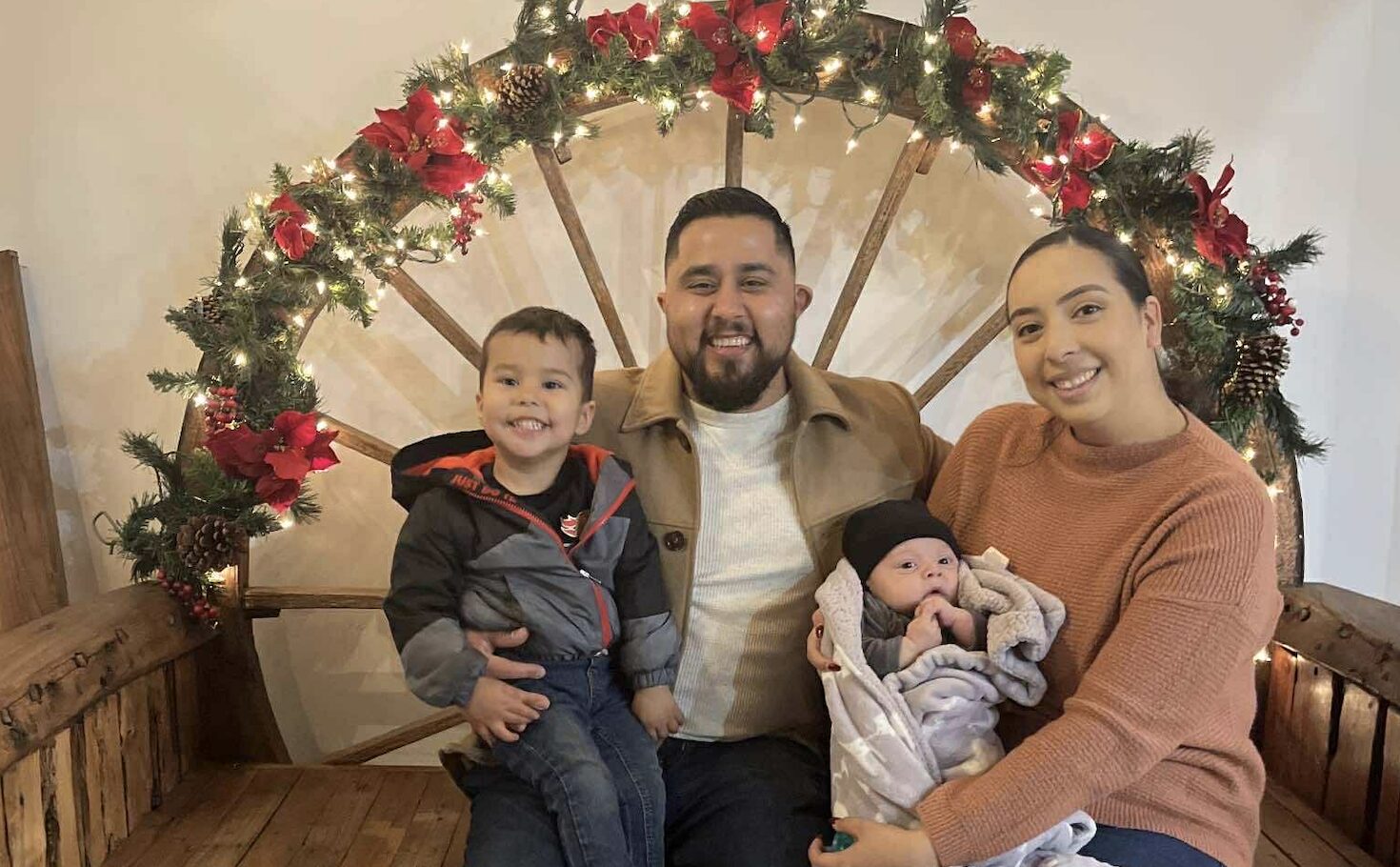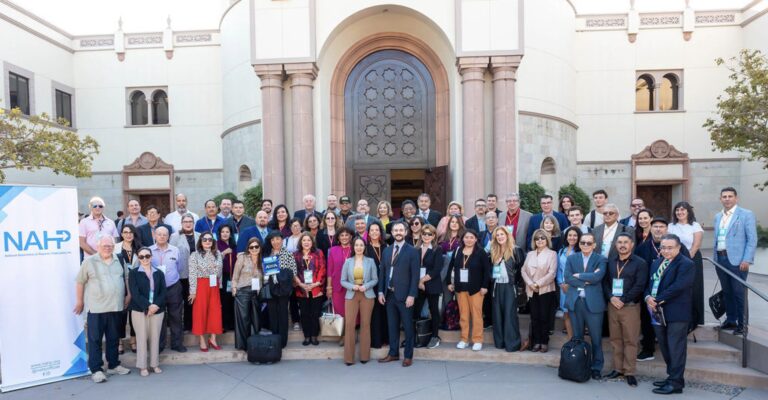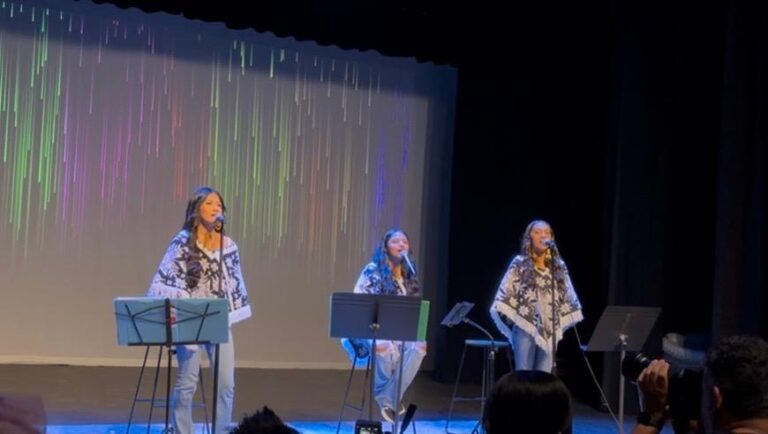By Beatriz Palmer

Listen for the “aja-ja-jai,” my written version of Don Vicente Fernandez’s vocalization, or the tun-tun-tun sounds Cubanos’ and Afro-Latinos’ hands make as they tap drums to summon their people. My father said, “Hija, it’s in our blood”. It’s the same for our Latino brothers and sisters; we tap into the unspoken music in the deepest part of our soul.
Hispanic or Latino Heritage Month is celebrated annually from September 15–October 15. Most people think this national heritage celebration is specifically connected to Mexico, and while that is partially true, it excludes a huge community of brothers and sisters from 33 countries and territories of Latin America.
Hispanic Heritage Month celebrates the many contributions Latinos have made to the United States. If you’re wondering why it starts in the middle of the month and not at the beginning, you are not alone. September 15 is Independence Day for Costa Rica; El Salvador; Guatemala; Honduras; and Nicaragua, followed closely by Mexico on September 16; Chile on September 18; and Belize on September 21.
Beyond these September dates, the month embraces the heritage of the Spanish-speaking Caribbean—including Cuba, the Dominican Republic, and Puerto Rico—as well as every nation across Central and South America, all connected by shared Indigenous, Black, and even European blood—all with shared histories, languages, foods, and traditions that continue to shape our communities today.
Let’s unpack it a little more. Being Latino, Chicano, or Hispanic is not a “race”; it’s an identity, a heritage. There’s a strong connection across these communities; language (Spanish) might be one piece—but it isn’t the only identifying culture maker. Latinos from different races, languages, and territories make up 28.7% of North San Diego County. There are pockets throughout North County influenced heavily by Latino culture, which crosses over from food, music, art, family, values, and even the way we celebrate one another. Some celebrate in the quietness of their homes; others invite all the cousins, aunts, uncles, and neighbors to celebrate milestones together. And traditions are very important to us.
I reached out to our people on social media and asked: What makes you a Latino? Do you have a preference of what people call you: Latino, Chicano, Hispano, o Afro Latino? Some cared, others not so much. But the common strands are vibrant and strong: family, food, music, art, and stories passed from generation to generation. In other words—it’s our love for all things culture.
Familia: Our Core
All respondents said familia; when we think of the Latino culture, family is at the core of our feelings; it’s where we learn and unlearn our culture.
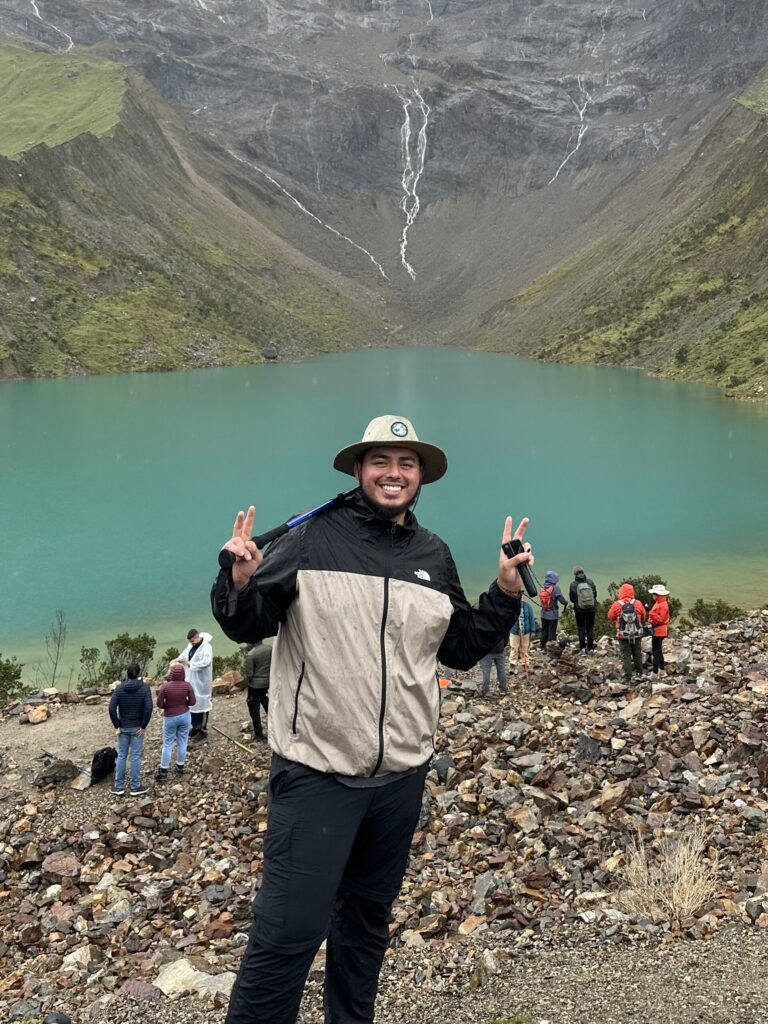
For Anthony Castaño Rodríguez, familia is rooted in memory: “I think of my grandparents…a core memory of my childhood is being at my grandpa’s house in San Luis Potosí. Power would go out during summer storms, and my cousins and I would play in the mud, while my grandma made sure every room had candles. These are moments I pray never leave my memory.”
For others, familia is tied to tradition. Ariana Solis shared, “The first thing that comes to mind is making tamales for Christmas. When I was younger, my aunts would come over and I’d help clean the corn husks. Now, as a señora, my sisters and daughter go to my mother’s house every year and continue the tradition.”
For Omar Jimenez, familia is where healing begins. “Growing up, I was embarrassed to speak Spanish, and that trauma still lingers. But I challenge it by teaching my boys and being proud to speak to them in Spanish publicly. Especially as a parent of two young boys, I never want to shrink our culture. I want them to be proud of their heritage and roots.”
Food: Tradition on the Table
Food is love; it’s medicine, history, and survival on a plate. One respondent wrote simply, “Food.” Yet, in that single word lives centuries of tradition that infuses many of the countries in Latin America and the continent of Africa.
“Listening to salsa music and making empanadas with my grandma,” said Nia, who proudly identifies as Afro-Latina. For Ariana, it was tamales. For others, it’s calditos, taquitos, arroz con habichuelas, pepinos con chile, dulces, nieves, paletas.
Here’s the antidote for those who feel alienated for not speaking Spanish—mijitos, just because you can’t speak it, don’t be ashamed…eat the food, savor the flavors, embrace the regalia, let your hips walk to the rhythms of the music, and know that our culture lives in each representation.
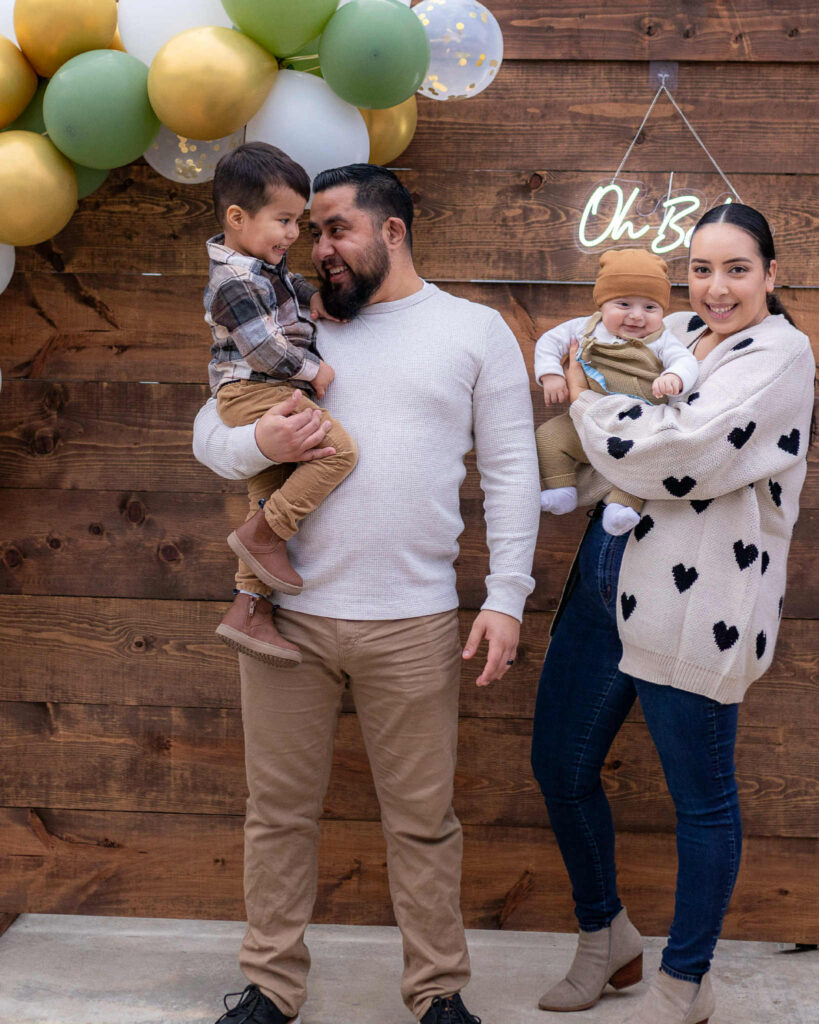
Music, Dance, and Art: Joy and Protest
If food is nourishment, music and art are our heartbeat. “Passion and love—it’s a vibe, ¡sabor!” Griselda reminded us. Tiffany Castaño added lowriders, regalia, and storytelling with cafecito as part of her vision of culture.
Our survey echoed what we already know: from salsa, merengue, and cumbia to corridos, rancheras, and reggaeton, from murals to zoot suits, from rebozos to huaraches handcrafted by artesanos—our culture is loud, vibrant, and unapologetic.
Go to concerts by artistas latinos, embrace the merengues, salsa, cumbia… and remember, it was the manos of our artesanos who brought us huaraches.
Storytelling and Legacy: Keeping Memory Alive
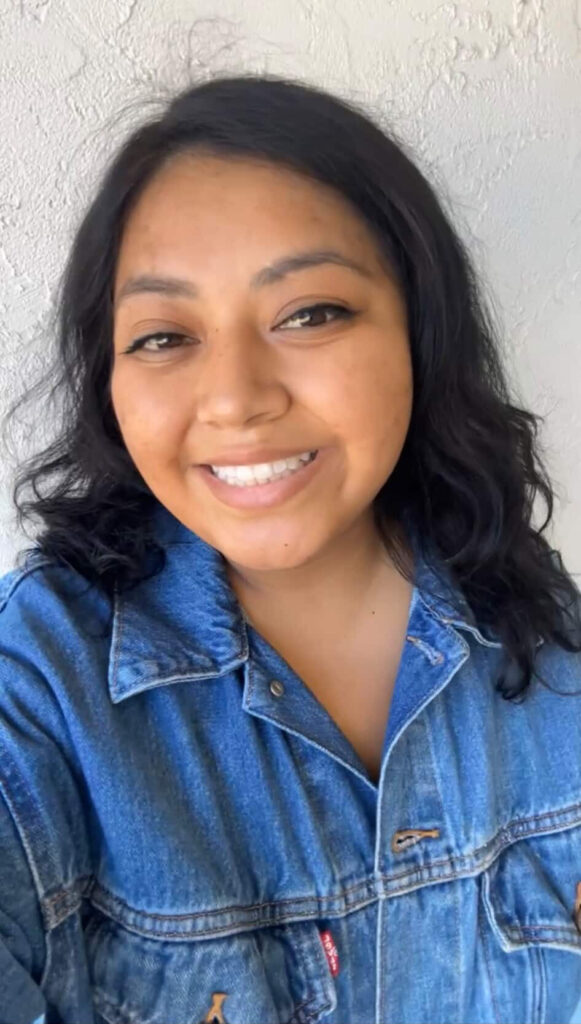
Storytelling holds us together. Tiffany Castaño said, “One tradition I hope never disappears would be storytelling. It keeps the memory of those who have passed away alive.”
Another respondent wrote, “We are the dreams of our ancestors, and the seeds for generations to come.”
Our stories are not just entertainment—they are resistance. They remind us of who we are, where we come from, and who we belong to. “Community, standing together under both the Mexican and US flag,” one respondent shared. Another admitted the first thought wasn’t always positive, but often the stereotype that we Latinos are only “hard-working.”
Whether the stories are of struggle, of resilience, or of joy, they are how we pass our culture down. They are how we remind our children: your culture is valuable.
Resilience and Everyday Heroes
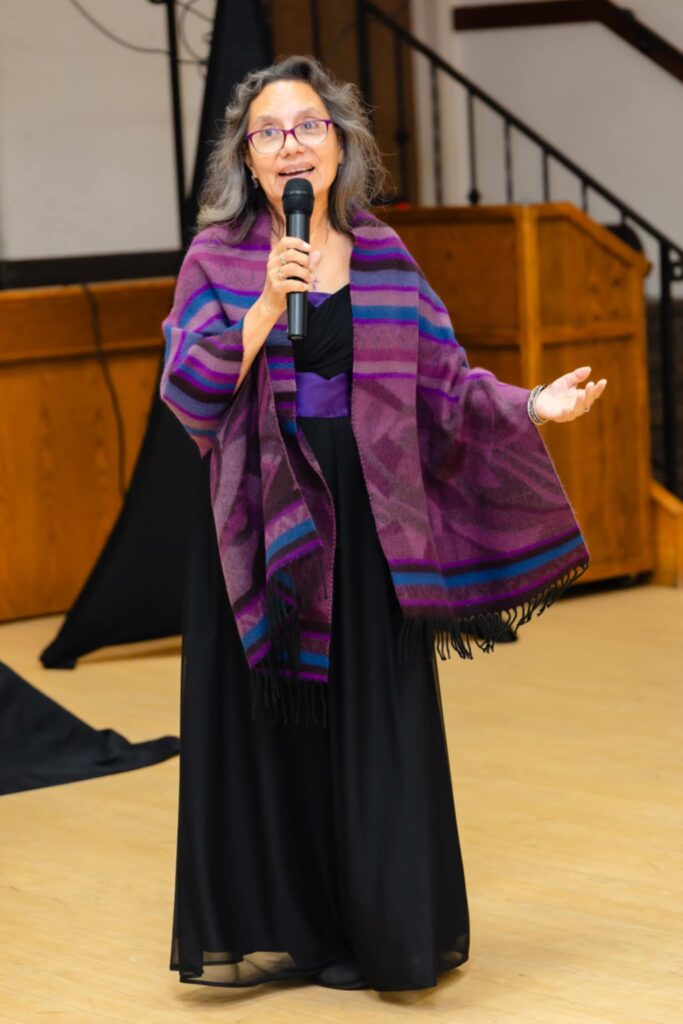
It is the farmworkers who rise before the sun, packing their lunches and tying their handkerchiefs tight. It is the mothers and fathers who carry cleaning supplies to their first job of the day and the professionals who slip laptops and late-night reports into their briefcases.
Dra. Ana Serrano of Las Valientes put it best. “Our people are fierce and brave. We fight not just for survival, but for dignity, for our rights, and for the future of our children.”
We celebrate Omar Jimenez, a first-generation college graduate and proud veteran who discovered his chicanismo while studying at MiraCosta College, an HSI (Hispanic-Serving Institution). It was there he met his partner, married her on campus, and built a family rooted in culture, affection, and tradition. Today, Omar works in the Equity Center, guiding students to embrace their identity and reminding them, just as he reminds his two little boys, that being Chicano is a source of pride, strength, and belonging—you can own it and still be a proud US Veteran.
We lift up the countless padres and madres, many who once carried their children across borders, who were forced to migrate in search of hope, and who now carry them into classrooms and college campuses, military spaces, and board rooms, reminding them that their voices matter, their culture matters, and their future is limitless.
Our Heartbeat
Hispanic Heritage Month is not just about remembering the past—it’s about nurturing the present and shaping the future. Our stories are acts of resistance against invisibility. Our art, our music, our food, and our traditions breathe life into this land.
As Latinos, we hold a dual responsibility—to honor the ancestors whose hands paved the way, and to uplift the next generation as brilliant, creative, and capable. We are cultivating leaders, teachers, entrepreneurs, and activists who will carry our culture forward with strength and pride.
This month, and every month, let us continue to weave the stories of our community into the fabric of this nation. Our heritage is not a footnote—it is the heartbeat of our future. And if you didn’t get enough, don’t worry, the end of October is right around the corner, and Día de Los Muertos is a great time to remember our ancestors and all their gifts to our culture y communities.

